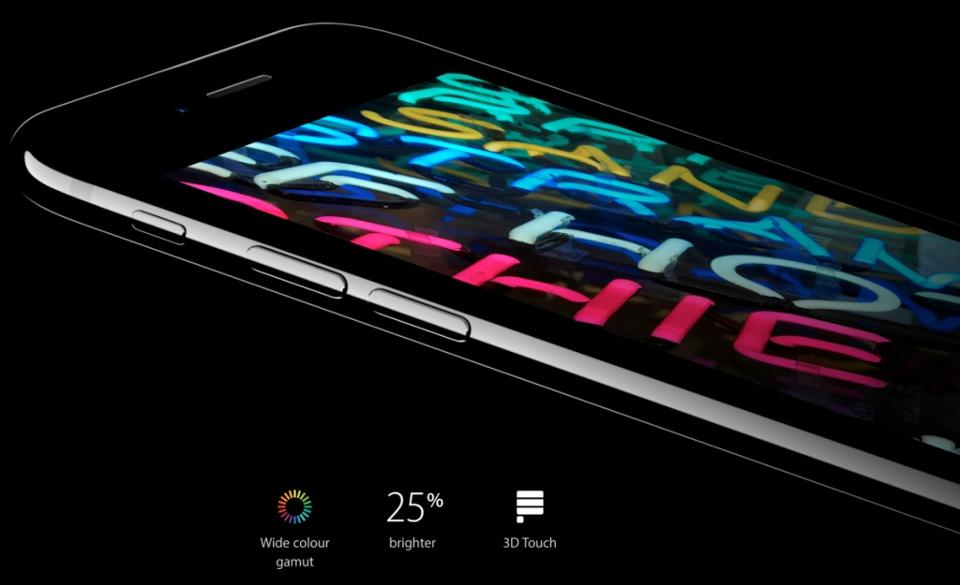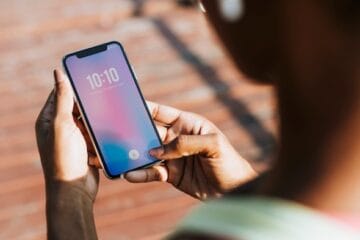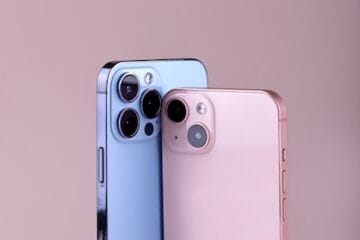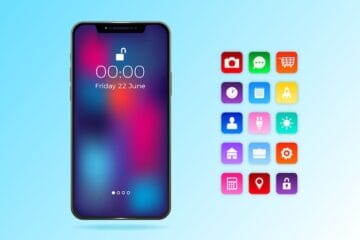Apple is working with Japan Display on flexible screens that would be suitable for the iPhone (reports the Wall Street Journal). Consisting of a flexible LCD panel protected by plastic, the screen technology can bend and flex and would make a signification contribution to a smartphone designed with these features in mind.
Curved screens may be new to the iPhone, but they are not new to the smartphone ecosystem. Numerous manufacturers have worked with curving the display, most notably Samsung. Apple’s chief rival has built up a strong reputation and visual identity by curving the sides of the Galaxy Note and Galaxy Edge designs. If Apple is looking for an advantage, Japan Display’s flexible LCD screen technology fits the bill.

Apple’s iPhone 7 and iPhone 7 Plus (image: Apple PR)
Japan Display’s technology is notable for a number of reasons. The first is that it uses LCD. Apple’s iPhone is a rarity in high-end smartphone circles for continuing to use LCD screens, and it has pushed the visual technology in LCD screens further than most manufacturers – the screens on the iPhone 7 and iPhone 7 Plus are testament to that.
Secondly, it is not going to go into mass production until 2018 at the earliest. That means the iPhone 8 will not benefit from the technology – but given the rumors indicate the iPhone 8 will be Apple’s first smartphone to use OLED technology that’s not a surprise. Given that curved screen is going to be behind glass, it’s clear that Apple is doing some long-term planning either for new form factors on the high-end handsets and a return to the LCD technology it has perfected, or a potential follow-up to the lower-priced iPhone SE in 2018 with a plastic-based LCD assembly.
Perhaps most importantly, it means that Apple would not be reliant on working with Samsung Displays for a key component of its smartphone and potentially second in line to any new research and technology. If you don’t want to go full-on Sun Tzu avoid giving resources and position to your enemy, it would allow Tim Cook and his negotiation team to have two suppliers for a single component and the resulting financial benefits of competition in the supply chain.

Apple’s iPhone on display (image: Getty.com)
A bendable or foldable iPhone may not be Apple’s endgame here. If this technology is used inside upcoming iPhones then the flex and movement offered by the panel would see reduced forces caused by impact damage. Measured over tens of millions of iPhone devices sold, that could reduce the cost of warranty repairs and the incidences of out-of-warranty repairs required by customers. It could offer new design choices for the Apple Watch to allow a more form-fitting screen to be used in the wearable. Or it could be for a mythical VR headset to allow for better wraparound screen in a user’s field of vision.
We may not know exactly what Tim Cook has planned for this technology, but there are a number of ways that it will be of benefit to Apple.
[Source:-Forbes]




